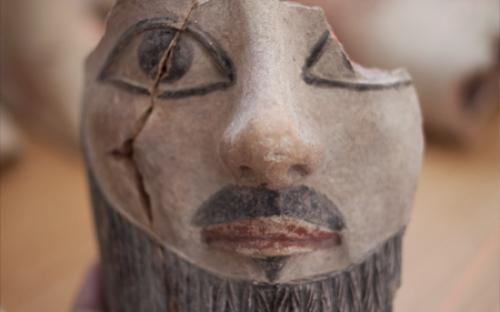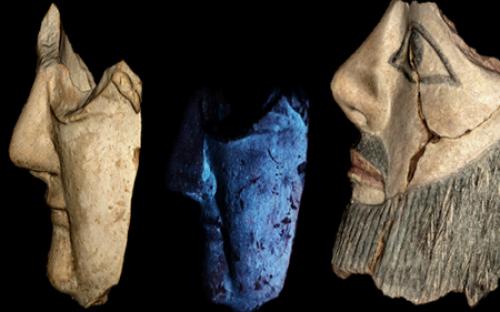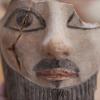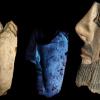Reuniting the Salamis Terracota Collection: GRAVITATE
Archaeological artefacts are generally fragmented and abraded and often dispersed amongst collections. GRAVITATE aims to make use of all available knowledge about artefact fragments to assist researchers in their work. Knowledge will be extracted from archaeological texts and catalogue records, and from the 3D models of the fragments and brought together in a unified knowledge graph. The project will also identify and document key parts of fragments: fracture facets, anatomically significant features or specific motifs. An advanced and flexible similarity search supported by a rich interactive user interface will be created to support fragment reassociation and also to create small subsets of fragments for reassembly attempts. Current geometric reassembly methods cannot work when surfaces are heavily abraded or damaged and when many pieces are missing. By making use of both the semantic and geometric data, GRAVITATE aims to create a system that can find likely matches even in this most challenging scenario. The project has identified user requirements, has documented the SotA in the relevant research areas and has consolidated the available data. For the project’s primary use case (a collection of statue fragments from Salamis, Cyprus) we have 221 3D models and the catalogue data from 4 museums mapped into the CIDOC CRM semantic data model. A research roadmap is in place and early results include a faceting algorithm suitable for the often curved fragments in the study and a cultural heritage artefact partonomy to describe the parts and decorative features of the fragmented statues. A mock-up of the user interface has been iterated and the platform architecture defined with a first prototype recently demonstrated.





